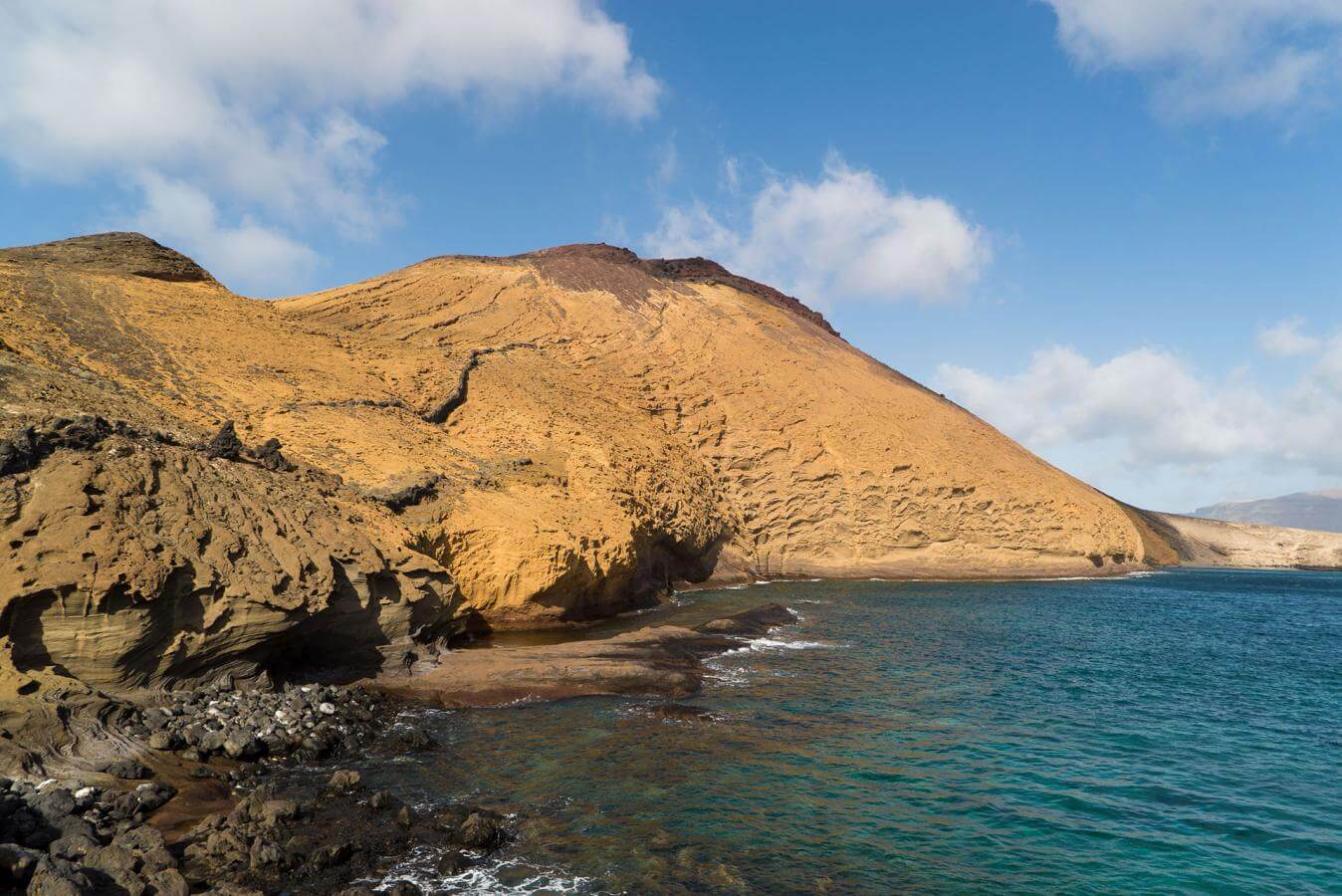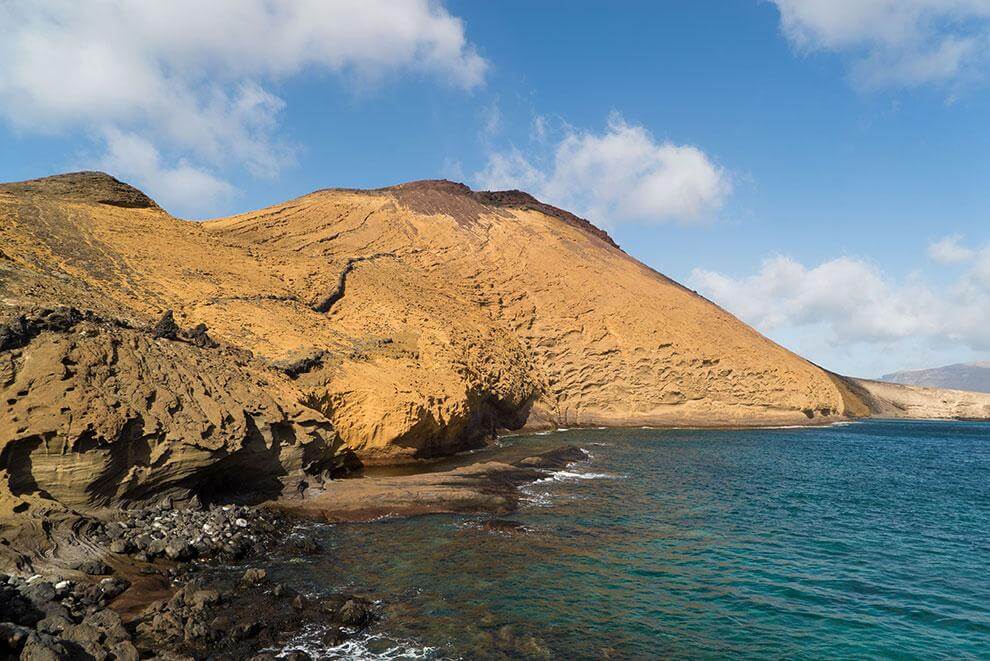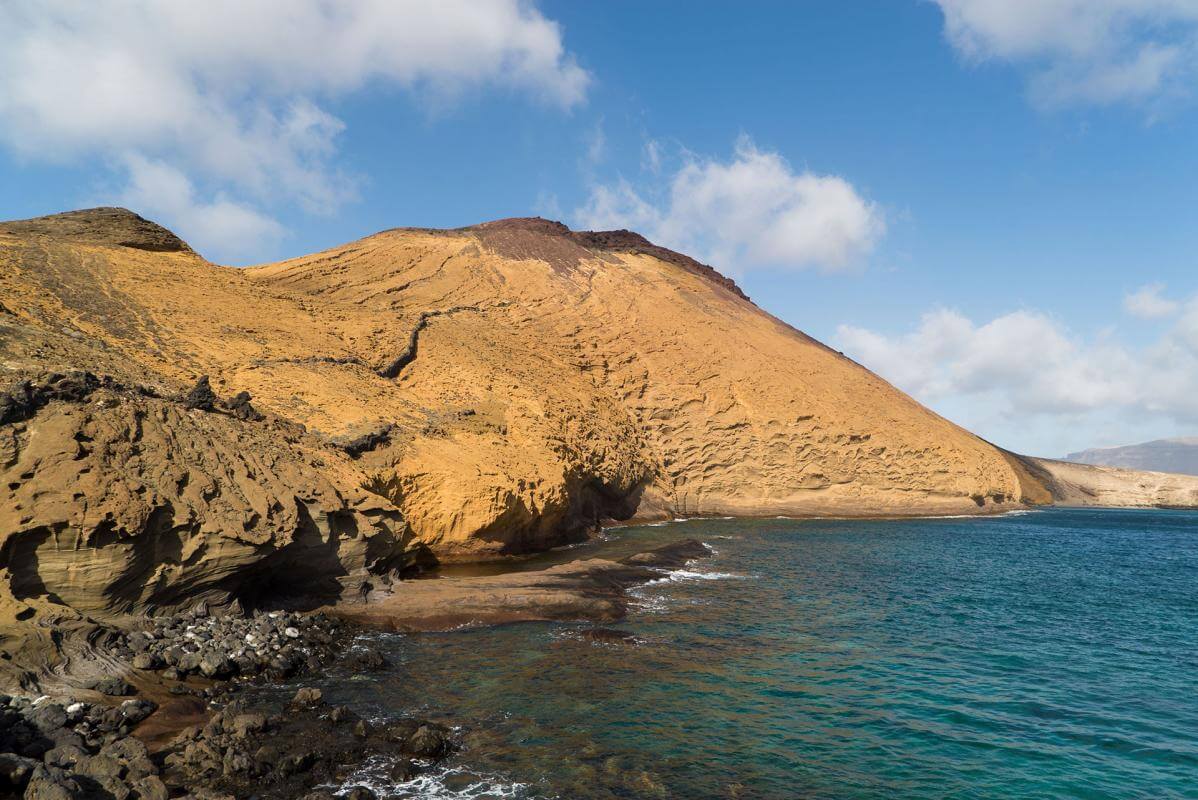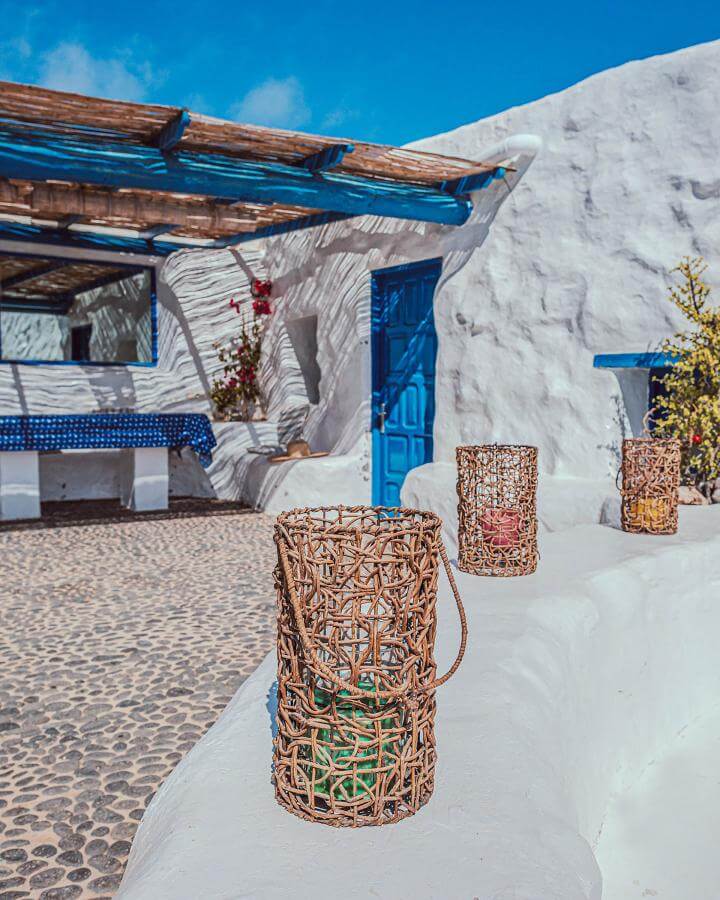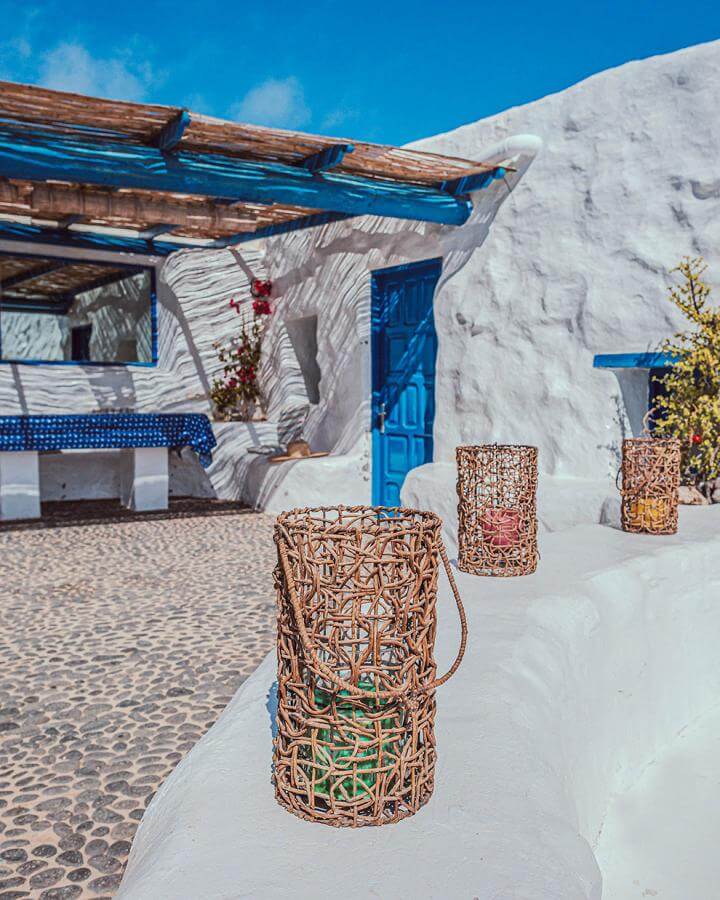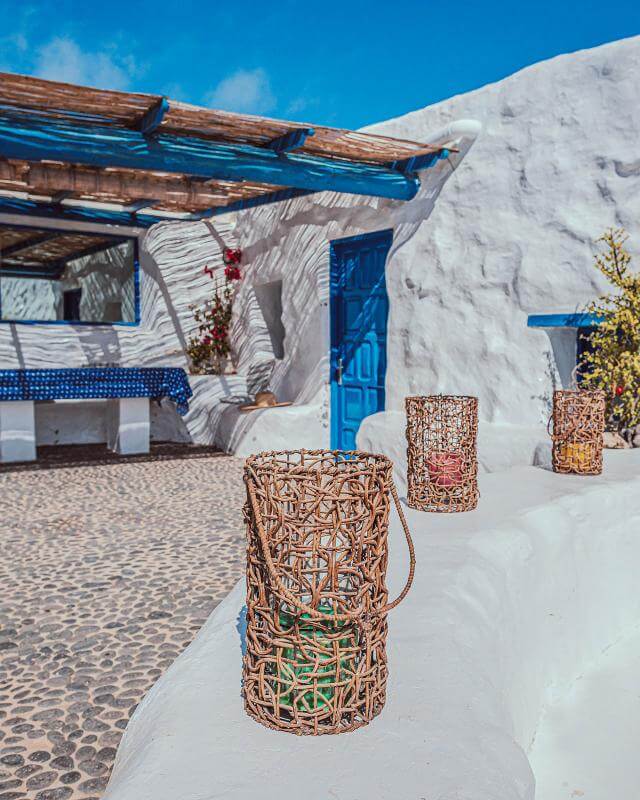La Graciosa is a beautiful slip of earth measuring 29 km2 and with only 750 inhabitants in the Canary archipelago. Previously administered by Lanzarote, a year ago it officially became the eighth Canary Island and joined the European continent by popular demand, in order to better preserve its environment.
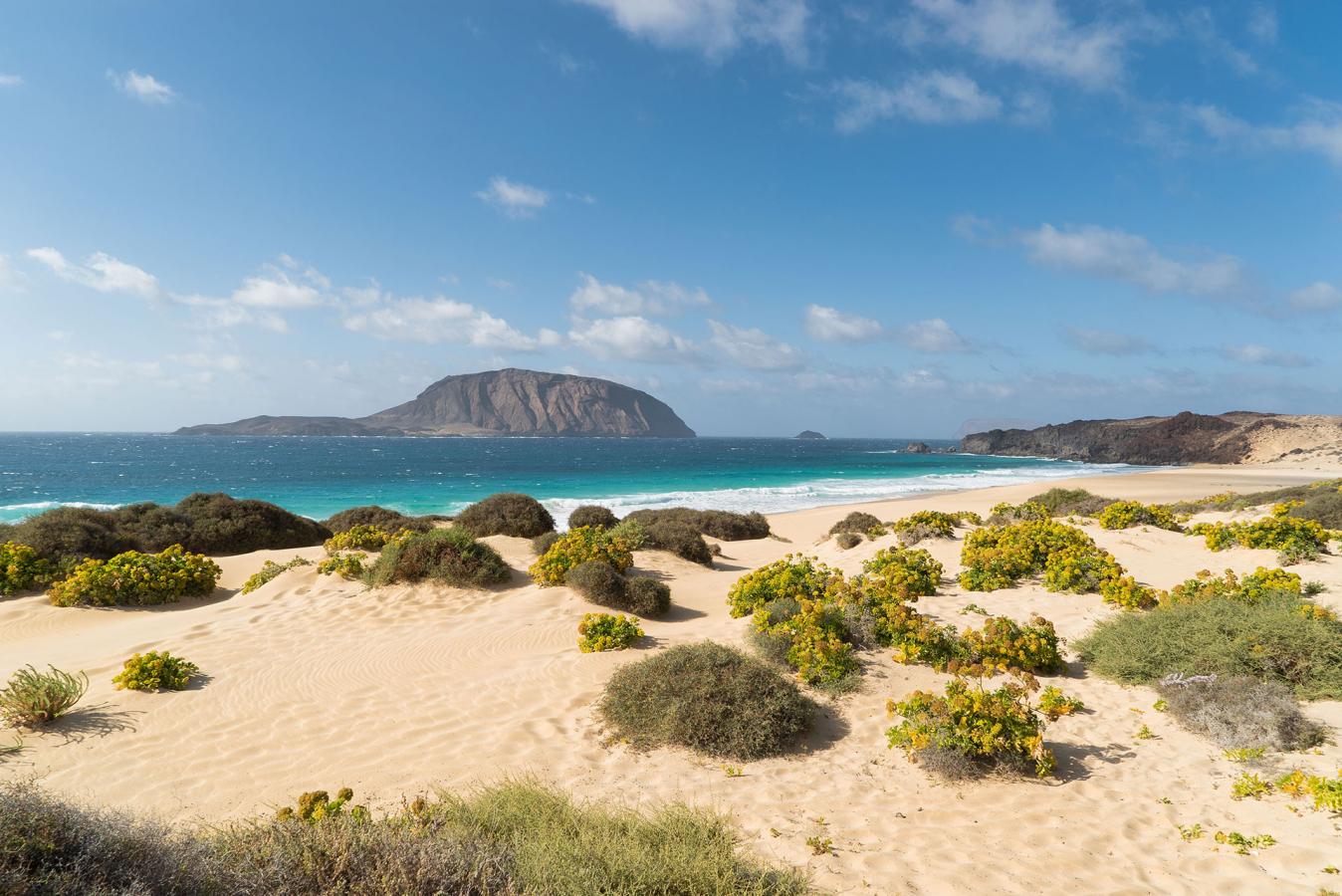
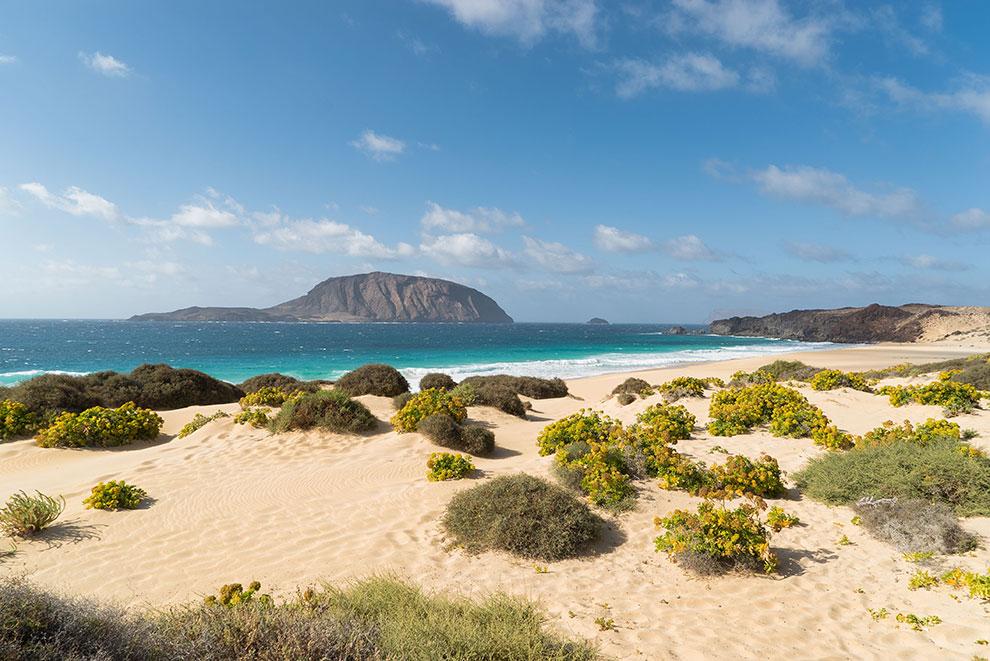
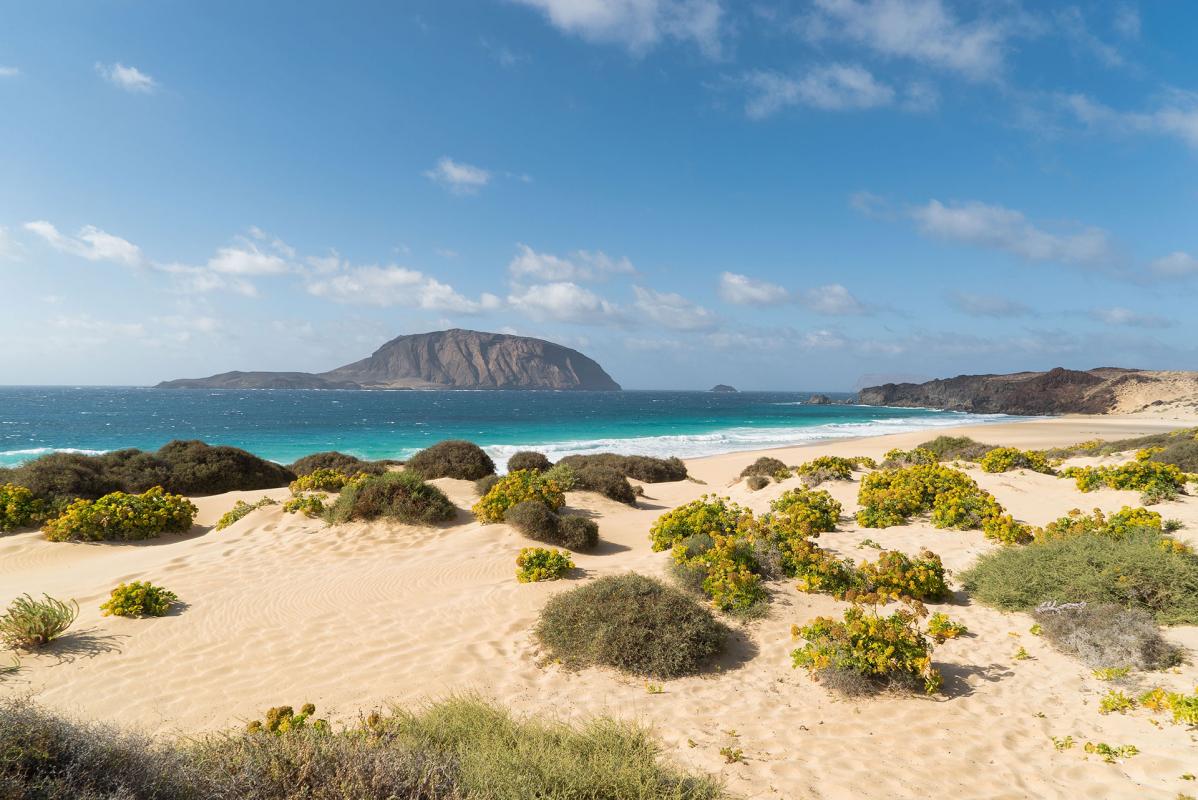
How does a beautiful, tiny, off-the-radar piece of land lost in the Atlantic Ocean became an official ‘island’?
The activist and campaigner Miguel Ángel Páez has the answer. “I started out alone,” says Páez. “With an online petition and then little by Iittle I persuaded local residents to get involved with this crazy idea.” So what started out in 2013 as a sort of local joke, was later debated in the corridors of power in Madrid. The petition had gathered 11,000 signatures, and awareness had spread beyond the island communities. At the end of 2018 the Gracianos got what they wished for, and justice would finally be done for this beautiful place whose name means ‘the lovely one.’
La Graciosa has been continuously inhabited since 1880 with the beginning of a salted fish factory, which brought in settlers from Lanzarote. In 1986 it was declared a protected natural park and marine reserve, an event that proved to be a double-edged sword.
“By the end of the 1980s we had been taken over by our tourists, and a decade later the damage being done by unregulated construction was becoming apparent,” says Paéz. This is when he started on his mission. “We had to regulate the harmful side effects of tourism and develop the island’s status as a natural park. But none of this was up to us, as we didn’t hold administrative power. In order to self govern, we had to become an official ‘island’.
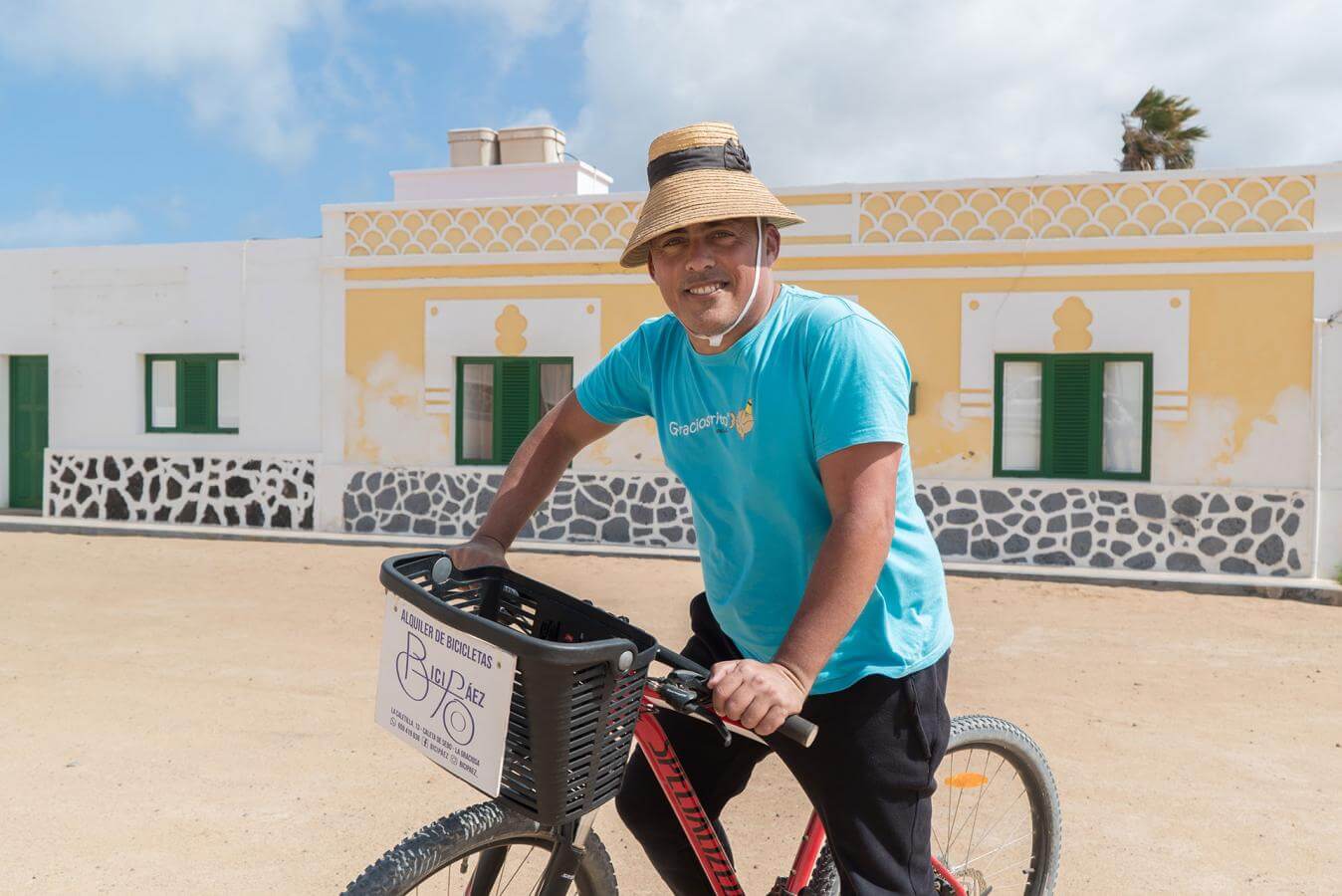
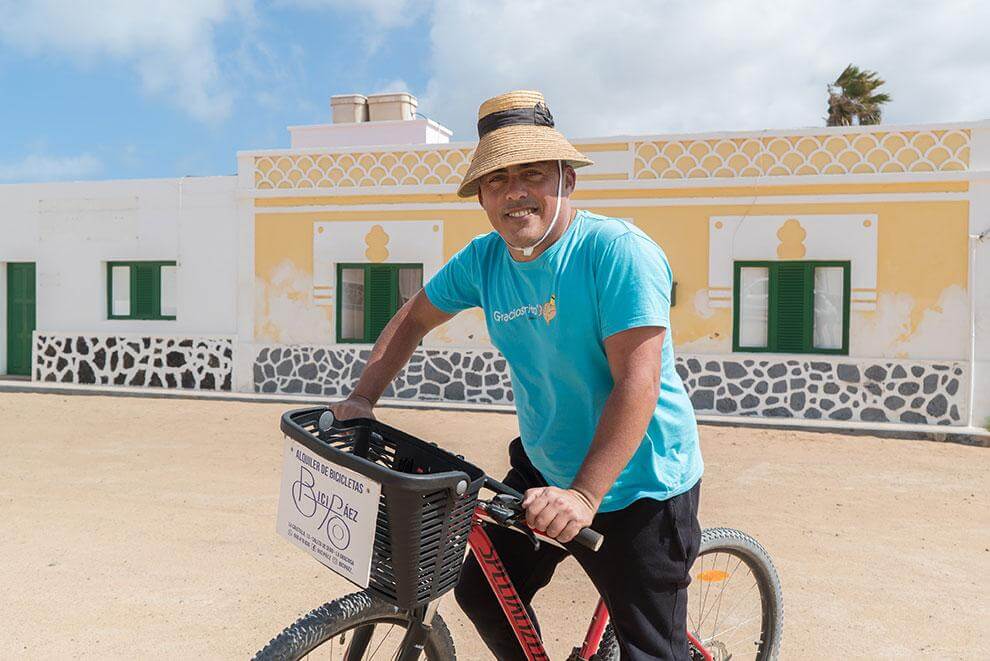
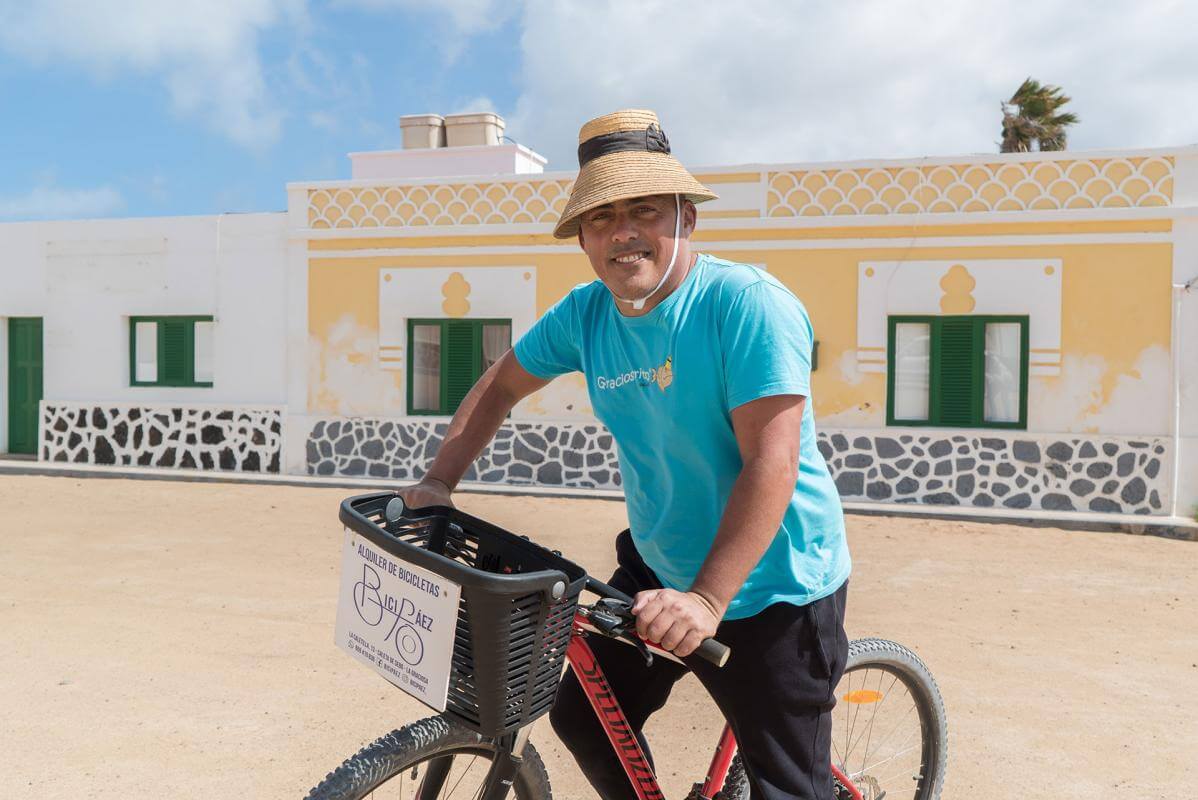
The seven kilometres that separate Lanzarote and La Graciosa
The trade winds blow with force in Órzola, the port of Lanzarote. Luis Romero, third generation of the family that first started the boat route between La Graciosa and Lanzarote in the 1960s, is preparing a small but powerful sail boat that will make the rough 7 km journey. “When the waves get taller than 6 metres we can’t go out,” he says. However this rarely happens.
The Romeros have been sailing between Lanzarote and La Graciosa since their grandfather Jorge transported the mail and a few passengers over in a small sailing boat. In 1970 that was the only way to get there. “Never give up sailing,” he told his grandchildren. “Because this will be your future.”
Luis Romero recites the words of his grandfather as if they were written in stone. “Although it’s hard to believe now, sailing between La Graciosa and Lazarote was quite an heroic thing to do,” he says. “Back then, the women of the island came to Lanzarote to exchange fish for supplies. They balanced large baskets of fish on their heads, carrying them over craggy rocks. To get back home, they had to make fires on the water’s edge to let the menfolk know to come fetch them. My grandfather even transported corpses to Lanzarote, because there wasn’t a cemetery on La Graciosa.”
Of course, times have changed. There are only about 20 families of professional fishermen left on La Graciosa but, according to Indalecio Páez, “ Fishing is completely traditional, using a hook and line.” Indalecio Páez is descendent of a family that landed on the island at the end of the 1800s. “And the fish here is good! “ he continues. “Hake, bream, grouper.” Together with Manolo Almenera, he is one of the fourth generation of fisherman still to live on La Graciosa. “There are only a few of us left.,“ says Almenera, “All oldies, because this is a dying craft. Even if we were dying of hunger, our children would not continue.
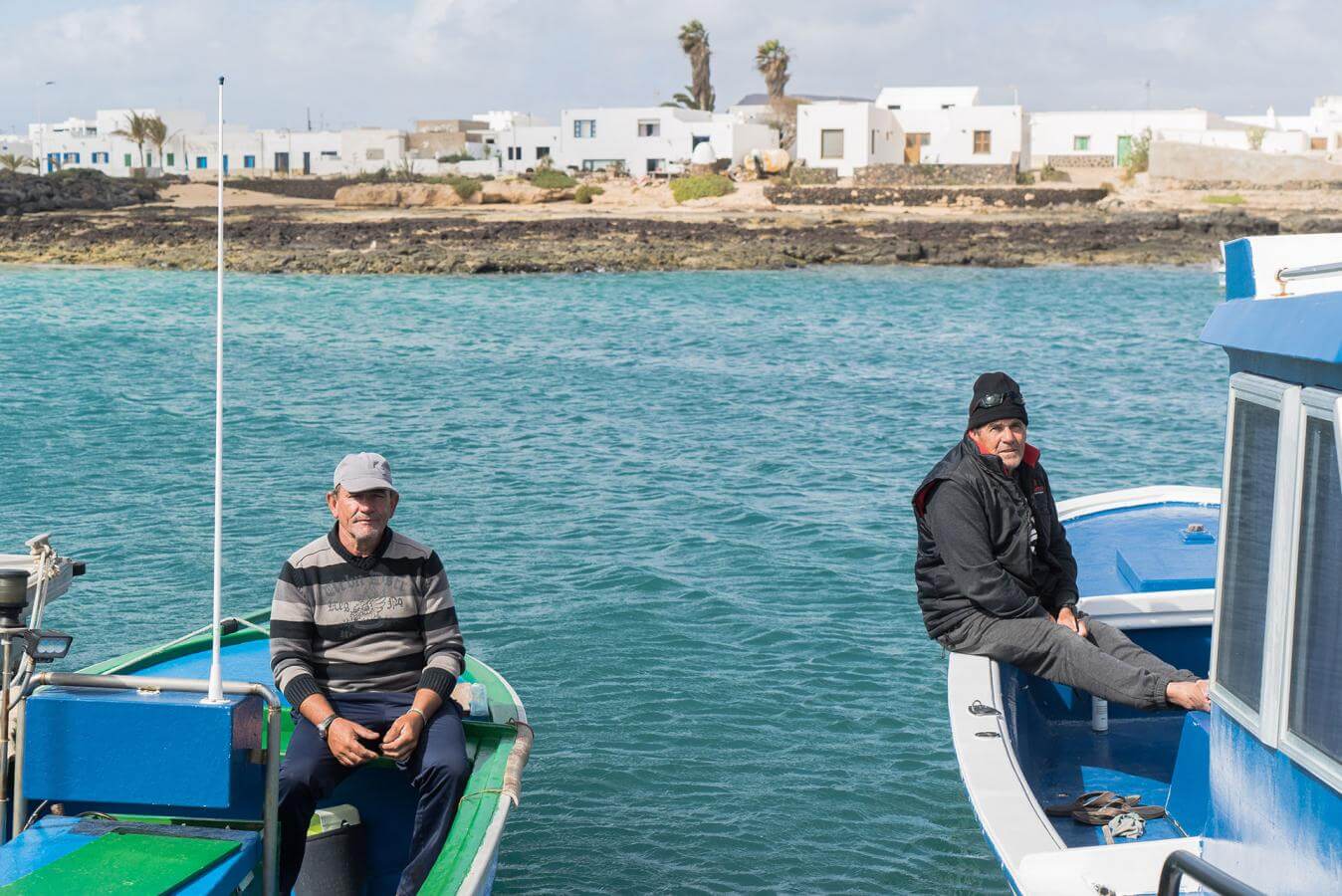
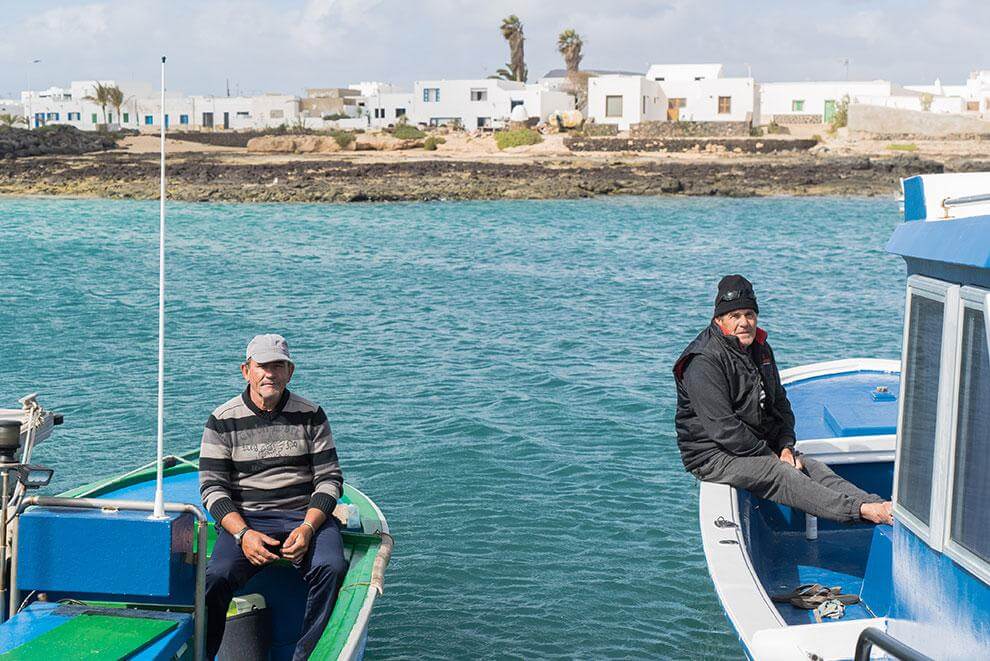
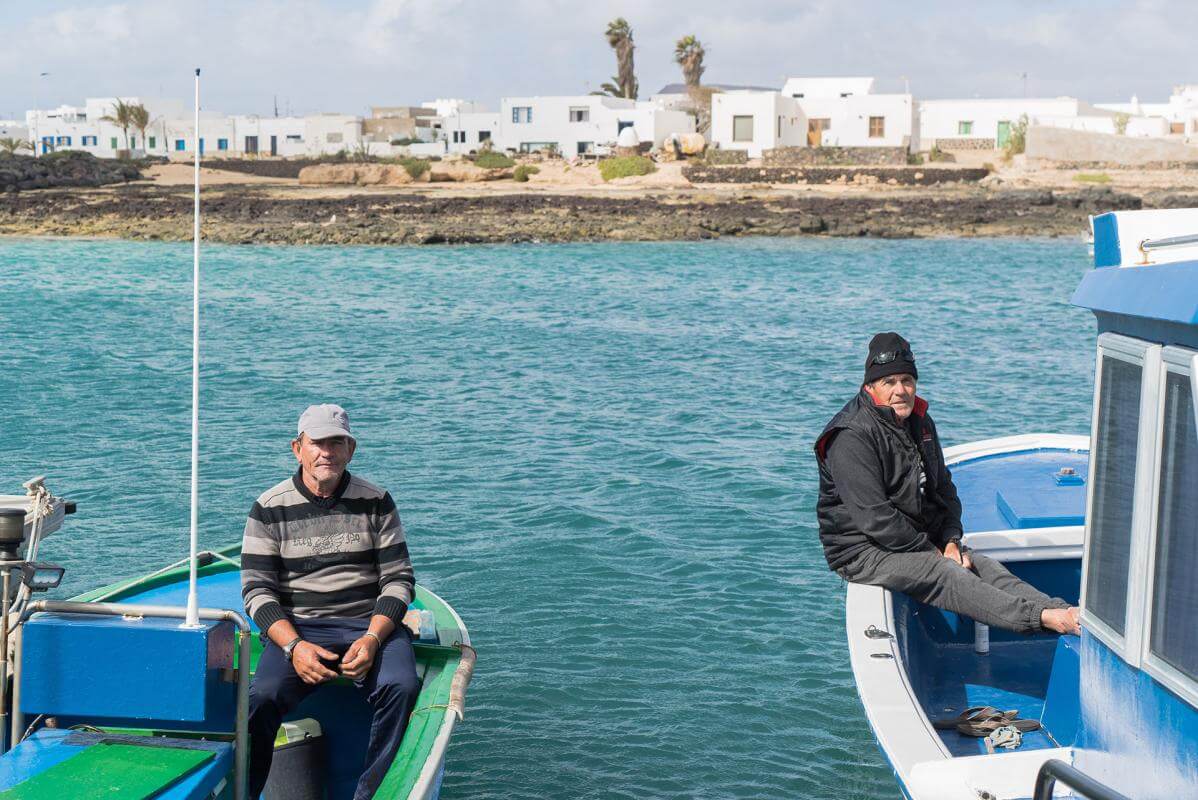
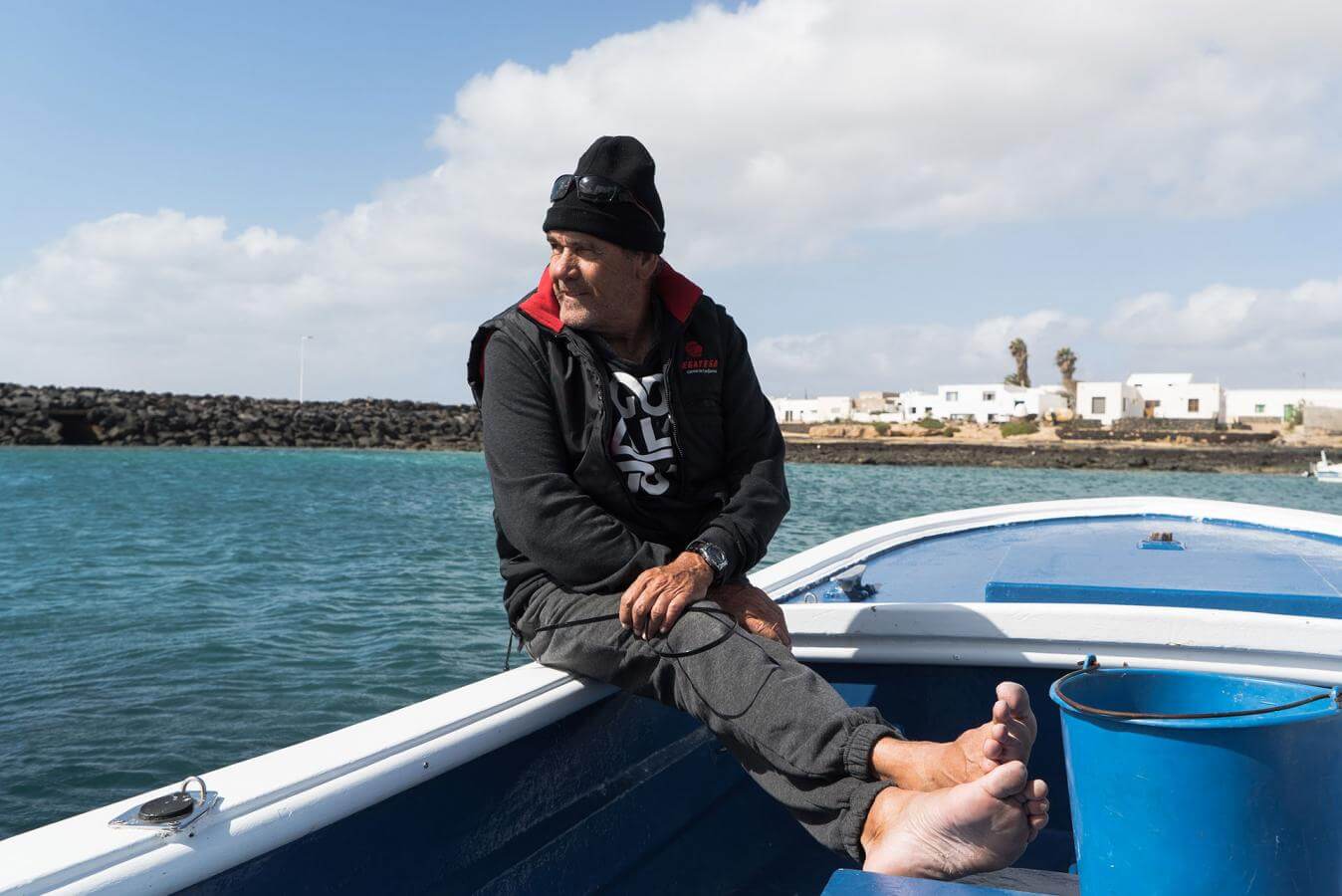
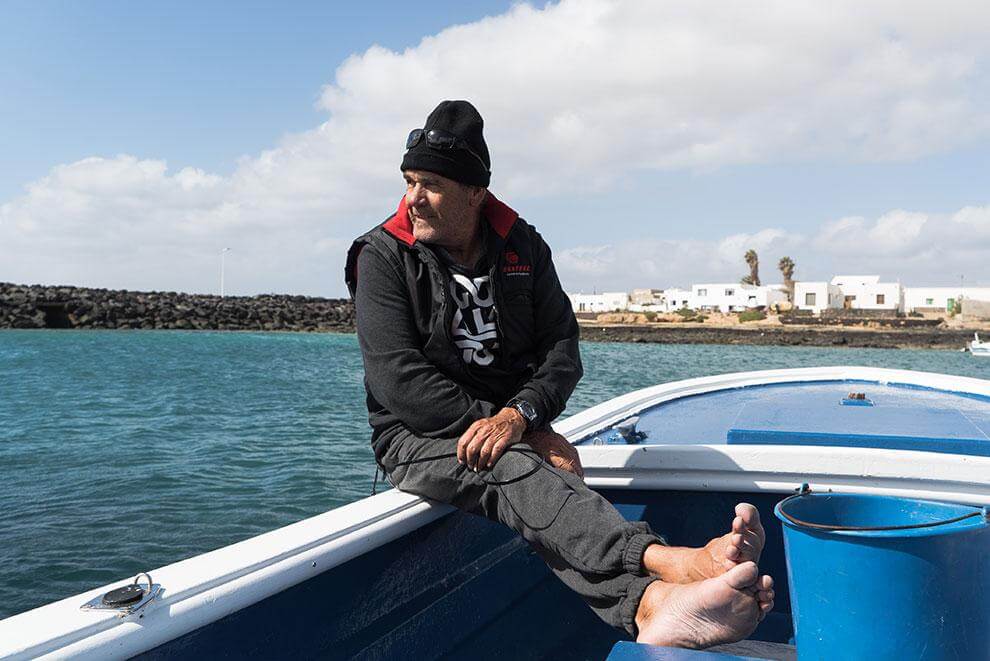
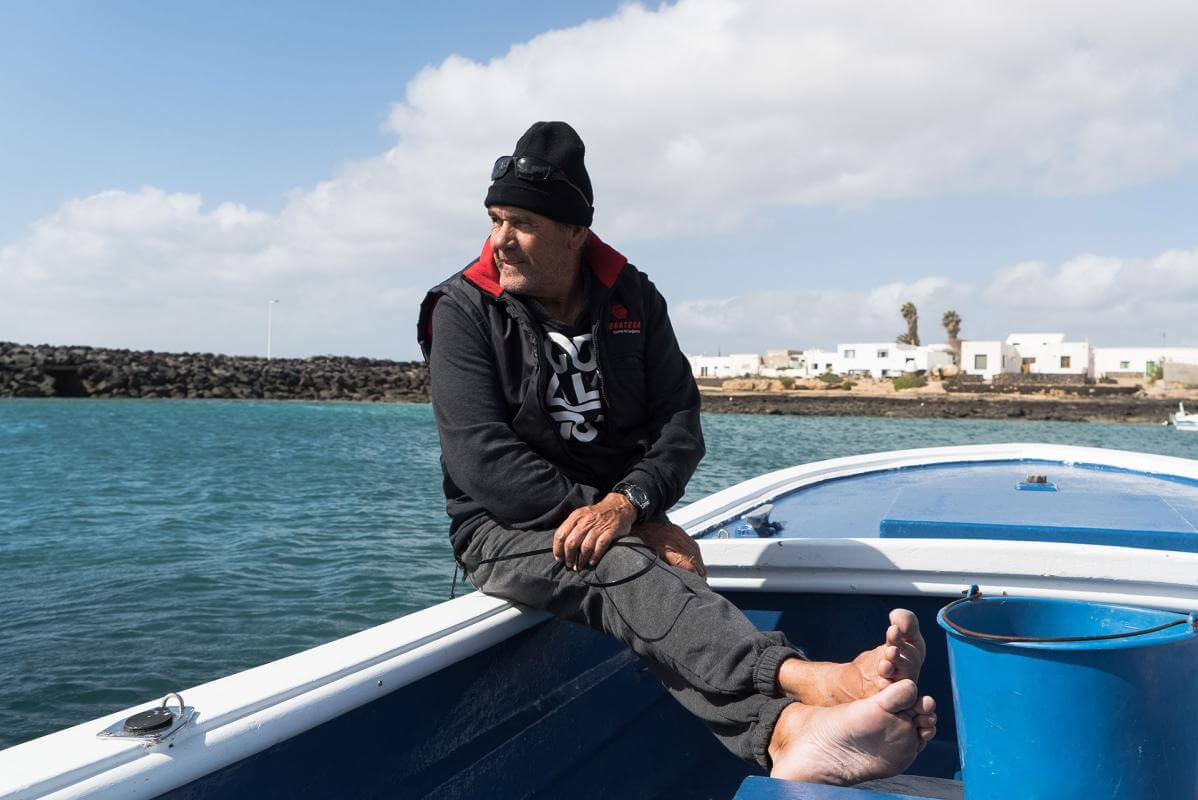
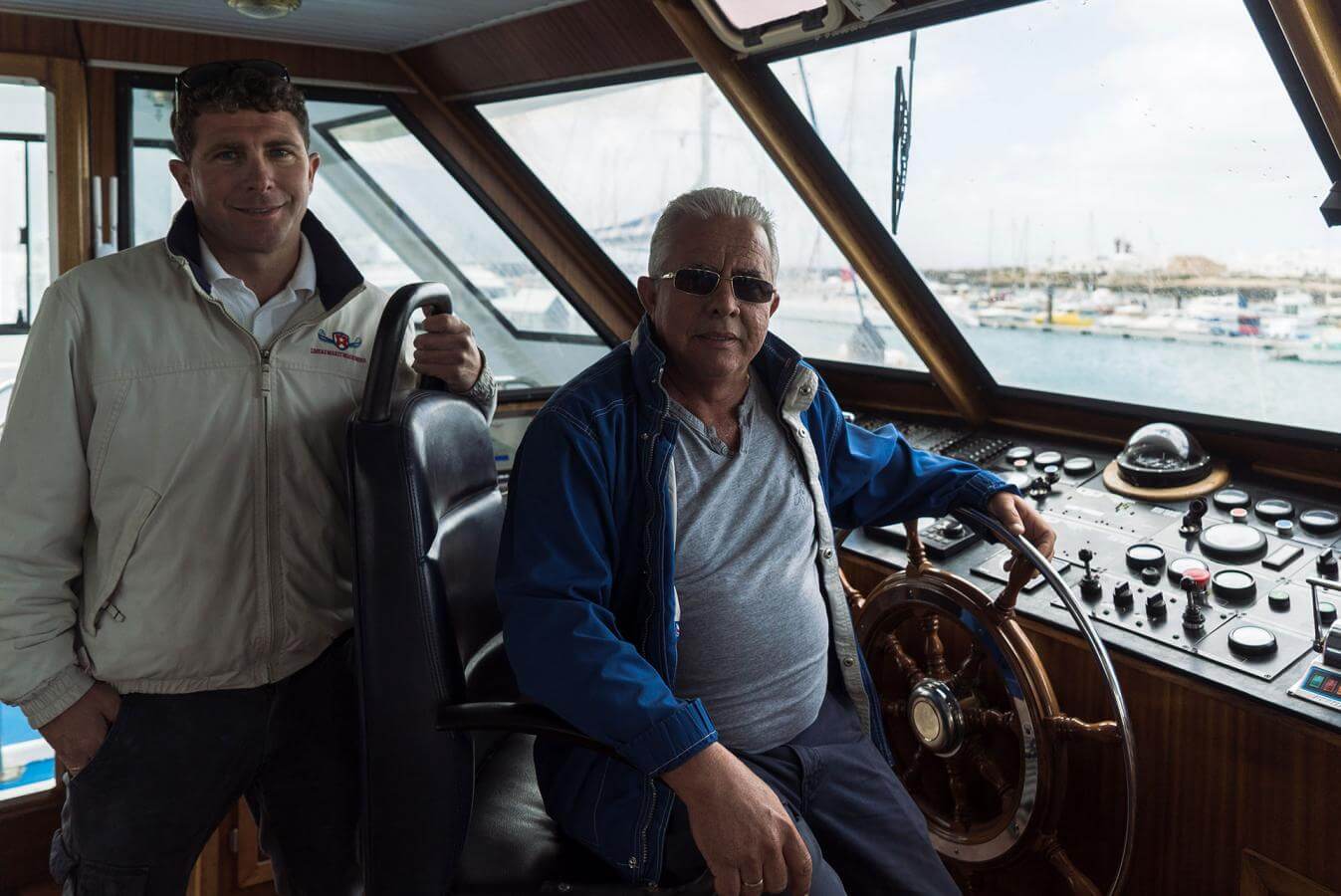
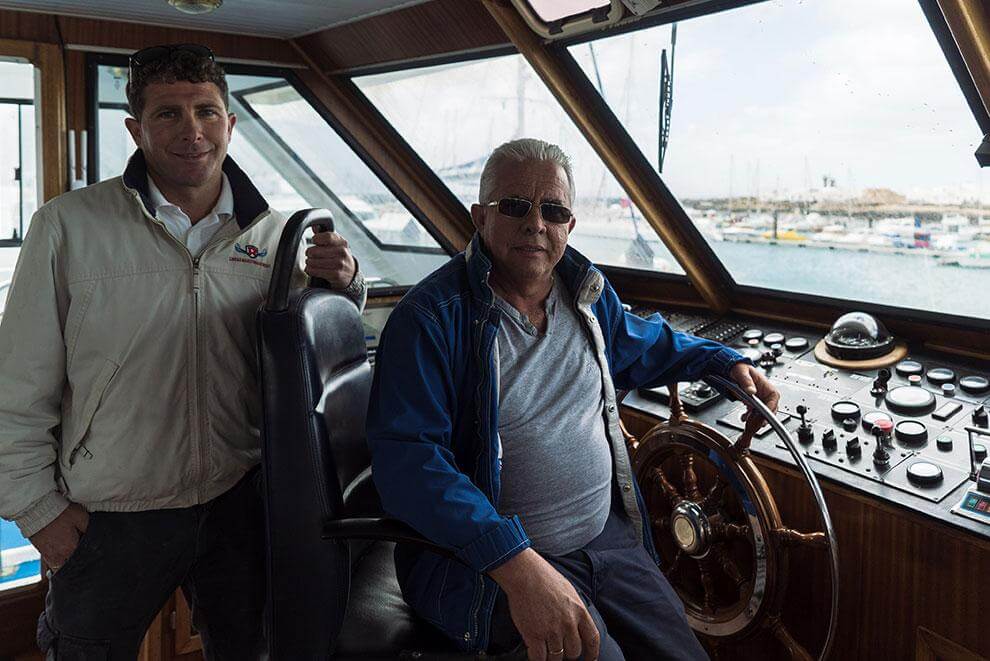
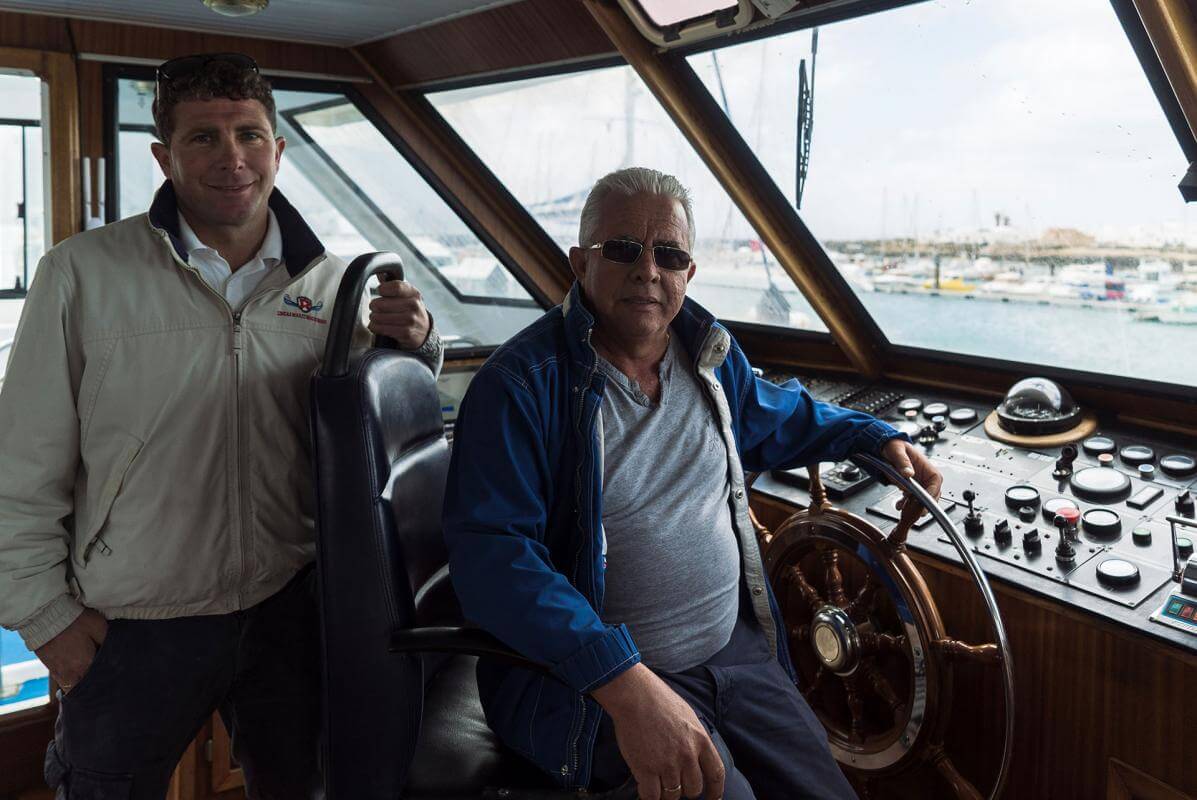
Local Heroes
Carmen Hernández, La Graciosa’s ‘last traditional hatmaker’, won’t be able to make the island’s characteristic low-brimmed hats for much longer. “I am the only one left who knows how,” she says. “But my osteoarthritis won’t let me do it for much longer. All the ones I have here have already been taken.” (Orders come in from as far away as China.) Carmen is speaking from her home, a typical whitewashed dwelling located on one of the wide, empty and sandy streets of Caleta de Sebo, La Graciosa’s main town. “The local council asked me to start teaching young people how to make them for 200€ a month. I told them to wait in line.”
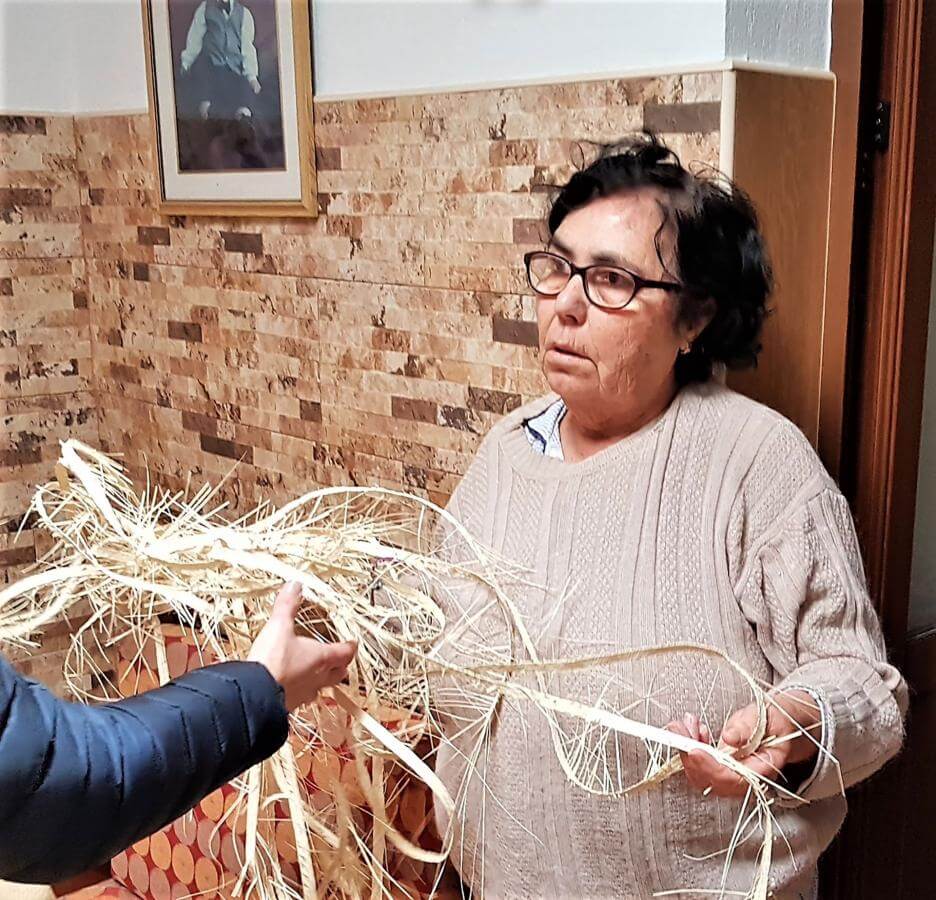
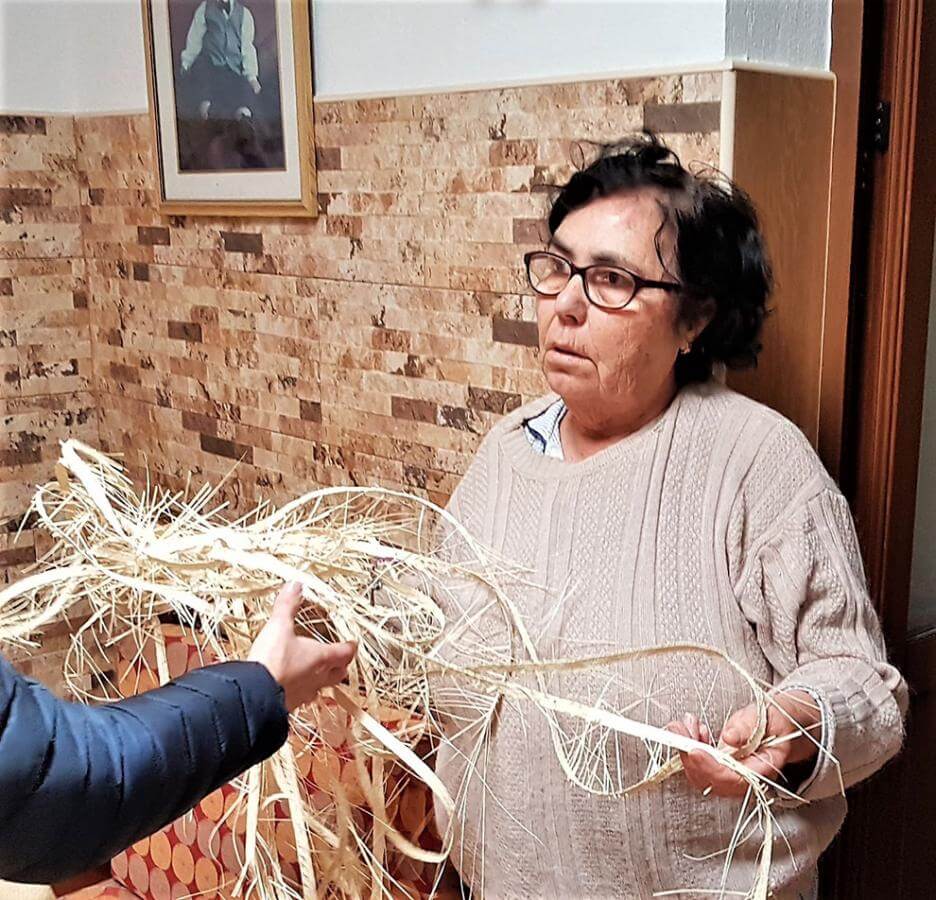
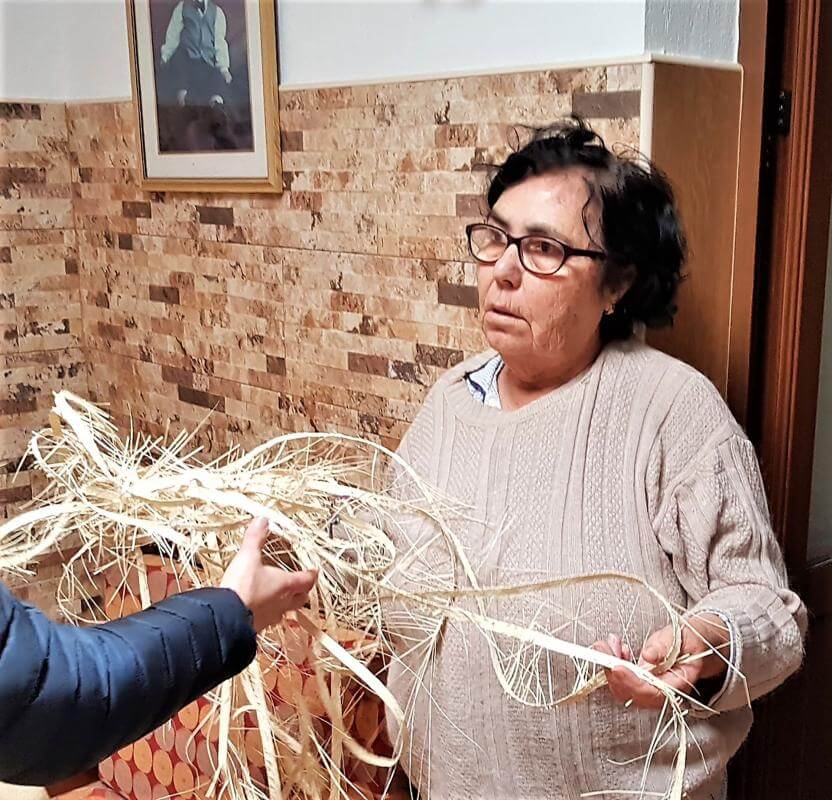
Enriqueta is another local hero. She is the owner of the first restaurant and B&B on the island. Her story is moving, but her smile reflects a formidable and extraordinary woman who knows how to stand her ground. “Despite all my crying and carrying on, my father wouldn’t let me go to school,” she confesses. “So, by the time I was seven years old, I was already looking after 200 goats and having to run all over the island when one of them disappeared.”
“By the time I was fourteen all the goats had died, so I was put in charge of loading up our camel with stones. Then later on, the same with the donkey. It was really hard work. A bit later I was made to go out collecting feed for the animals. When my future husband asked me to marry him, his mother said, ‘Don’t marry her! Her tits have dropped because of all the hard labour. Then I got married, and made a nice home for my husband. When he got sick, I would go out at dawn to collect shellfish. I remember one time I had to swap some burgados for milk for my son. But I never begged, ever!”
“Then I started to cook in my husband’s bar; every day, alone, for 200 customers. We bought the bar 50 years ago and put some rooms on top, first six, then, with me helping haul the bricks, six more. My seafood paella and ropa vieja became really famous.” Now, Enriqueta has finally retired, leaving her children and grandchildren at the helm. But she still smiles to everyone that pops by.
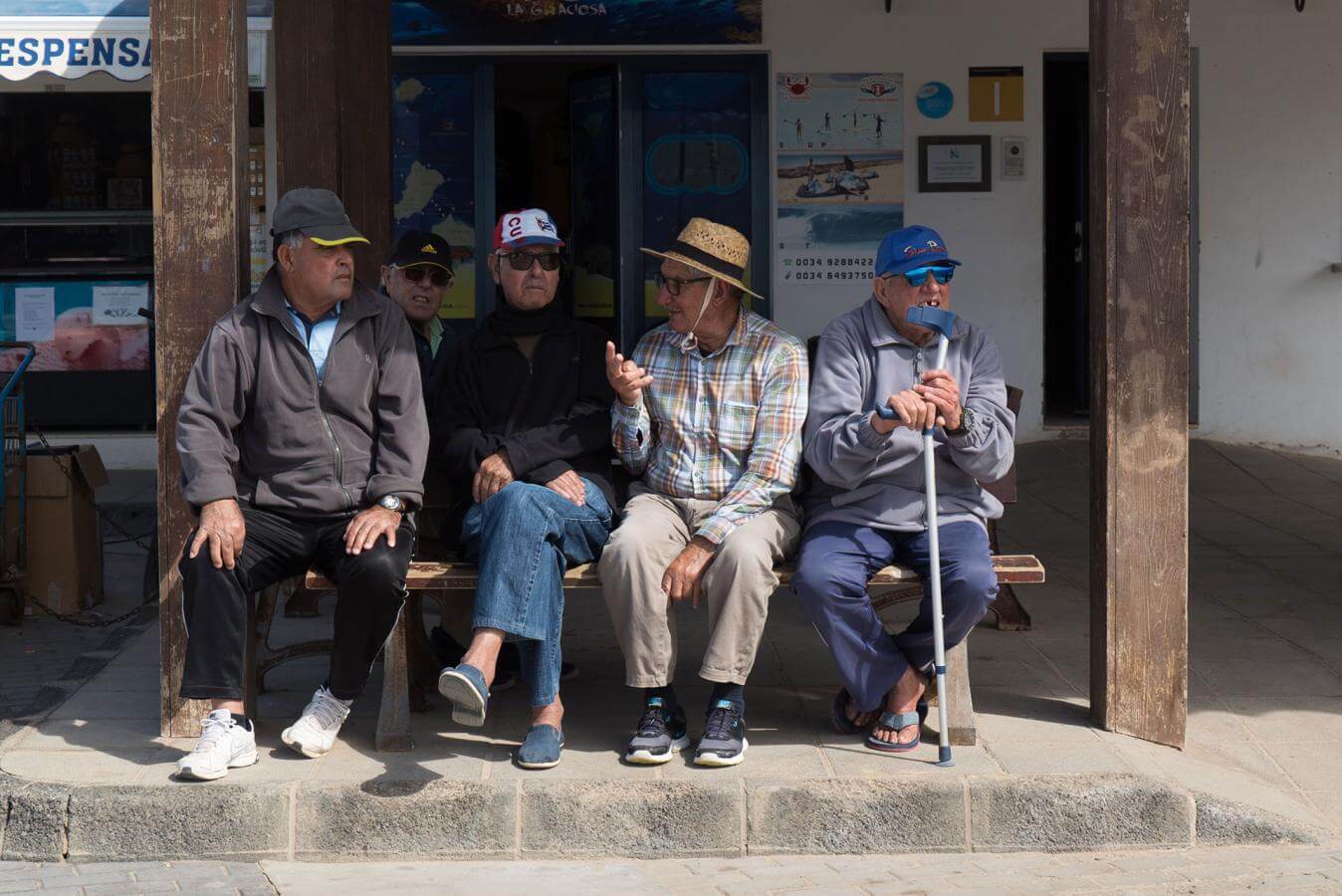
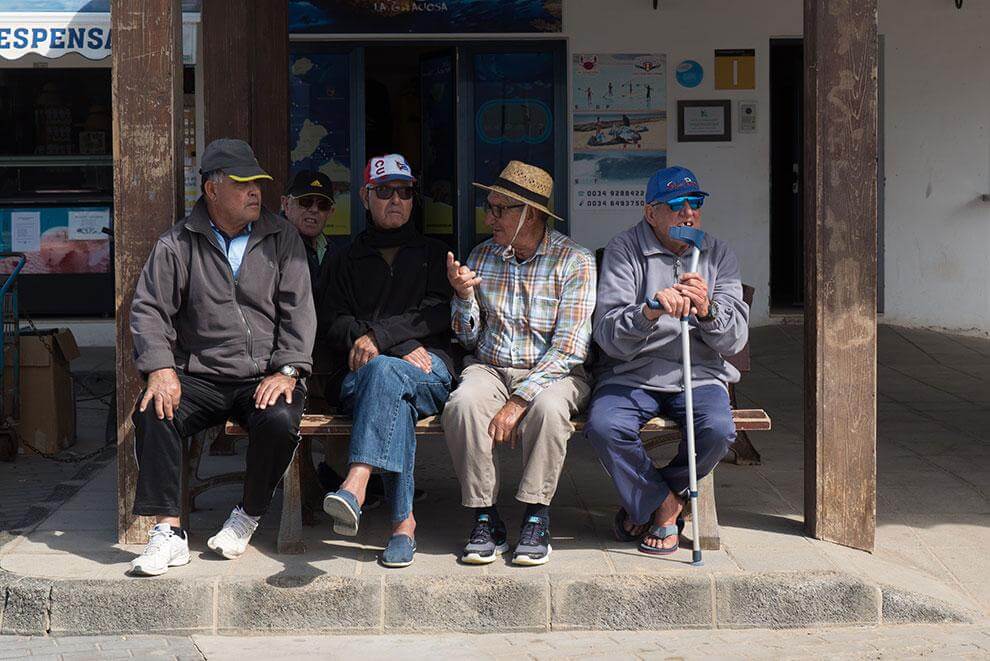
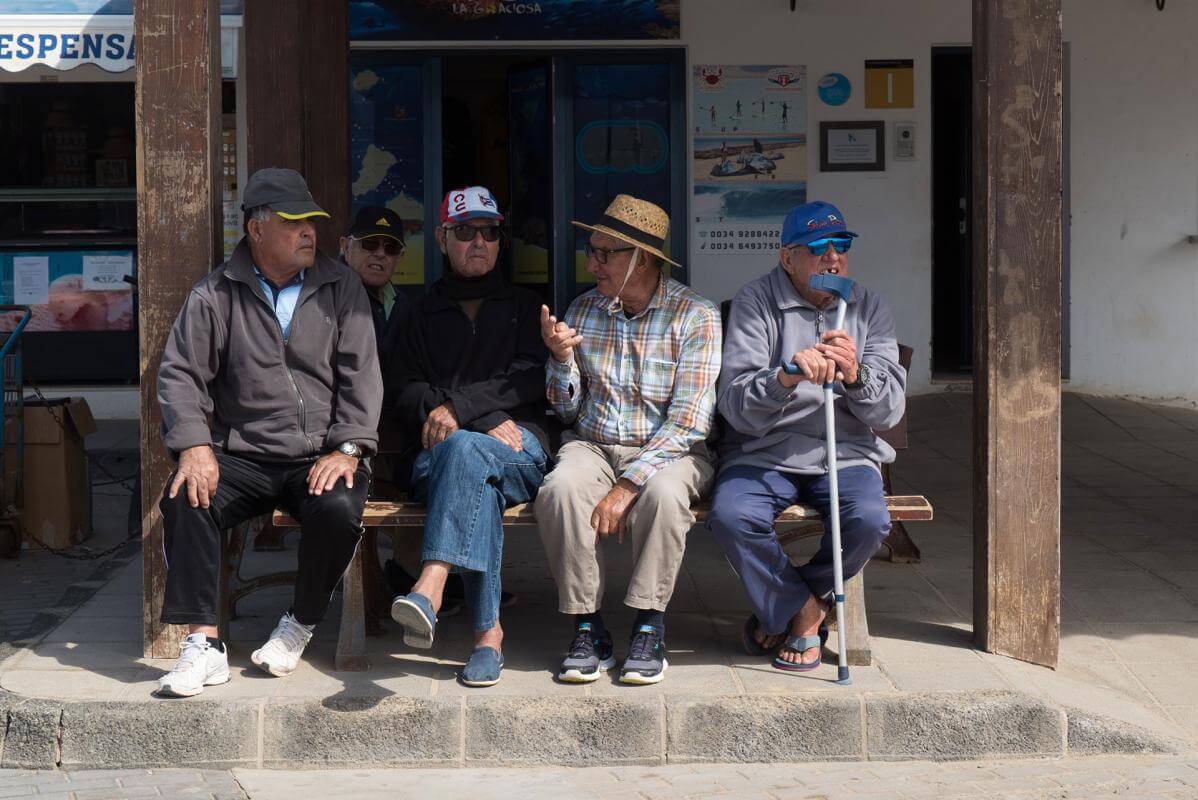
La Graciosa awaits
The people of La Graciosa, who throughout history have had to endure isolation, wind and gales, have achieved the improbable. As they push forward with their ambitions of self-governance and own identity, they dream of a natural, sustainable paradise. Meanwhile, for us, the island offers a raw and fascinating landscape of remote beaches encircled by black volcanic rock, sand dunes, coastal walks, and the endless allure of the Atlantic. All this needs to be explored on foot, by bike or in a taxi-jeep, as La Graciosa is devoid of even an inch of asphalt.
La Graciosa, the eighth Canary Island and the latest landmass to form part of Europe will always continue to seduce intrepid visitors. Those who fall under its spell will rarely forget its unique and wild Atlantic spirit.
